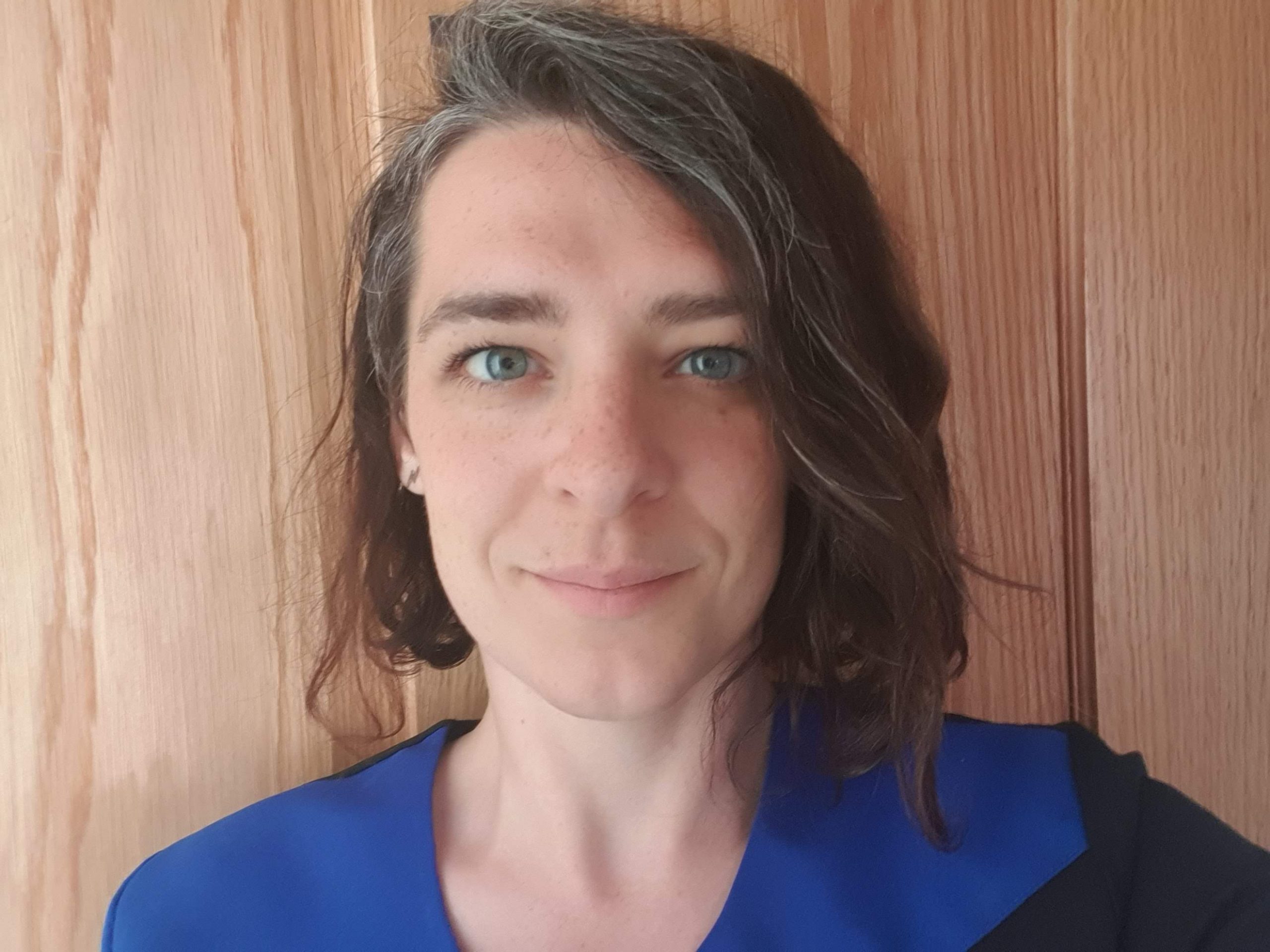
It’s International Osteopathic Healthcare Week this week and to mark the occasion I’m busting 3 big osteopathy myths and explaining how osteopathy can improve your health.
- Osteopaths only treats backs

Osteopathy is well known for helping people with back pain but it’s definitely not all we do!
Osteopaths are able to help with a wide range of problems including many muscle and joint issues.
I frequently treat neck pain, shoulder pain such as rotator cuff tendinitis and frozen shoulder, arm and wrist pain such as tennis elbow and RSI, hip pain, sciatica and many more.
Osteopaths typically train for 4 years and have detailed knowledge of anatomy, physiology and pathology meaning we understand and can manage a variety of conditions. We will also refer you to another practitioner if we think it’s what you need.
- Osteopathy is about clicking and cracking joints
 This is absolutely not true! Cracking joints (known as HVT or HVLAT) is a useful technique but just one of many used by osteopaths.
This is absolutely not true! Cracking joints (known as HVT or HVLAT) is a useful technique but just one of many used by osteopaths.
Utilising only one technique is a pretty limited approach to treatment. It works for some people but is not likely to lead to longer term improvement and isn’t suitable for everyone. For some individuals HVTs are contraindicated. I prefer to use a range of techniques which I mix and match to get the best results for you.
I use a variety of techniques including:
- Soft tissue technique
- Muscle energy technique
- Strain Counter Strain
- Stretching
- Harmonics
- Gentle joint mobilisation
- Stronger joint mobilisation
- HVTs
Each technique can be applied in lots of different ways in each area of the body, so osteopathic treatment can actually be very varied and tailored to your needs. It’s much more than a few clicks and cracks.
- Osteopathy is only about muscles and joints (musculoskeletal system)
 It’s true that osteopathy is primarily focused on the musculoskeletal system. It is well suited to aiding problems with muscles and joints.
It’s true that osteopathy is primarily focused on the musculoskeletal system. It is well suited to aiding problems with muscles and joints.
It’s important to consider the musculoskeletal system in the context of your general health and wellbeing. For example, your low back pain may recover faster if you have a balanced diet, active lifestyle and sufficient sleep.
So your osteopath will also be interested in your diet, exercise and activity levels, stress and overall wellbeing. This allows for a more tailored, detailed treatment plan which should help you get better quicker.
Most of us have some room for improvement when it comes to our health. Your osteopath will be able to advise you on how you can make positive changes and can direct you to other practitioners and resources for more detailed guidance.


 I'm an Osteopath in Walthamstow, East London E17.
I'm an Osteopath in Walthamstow, East London E17.